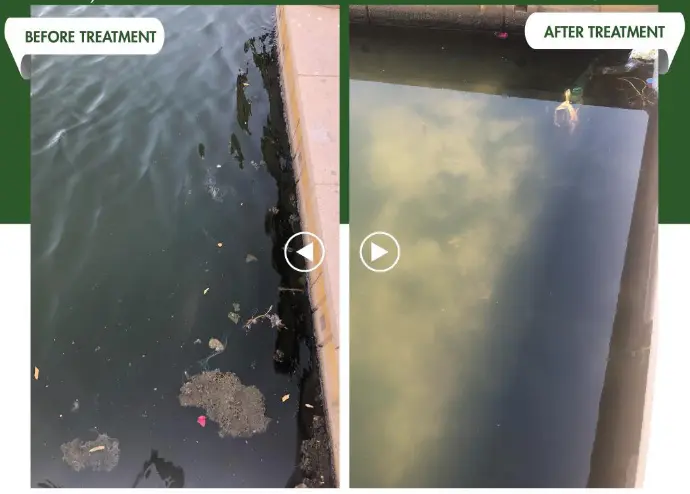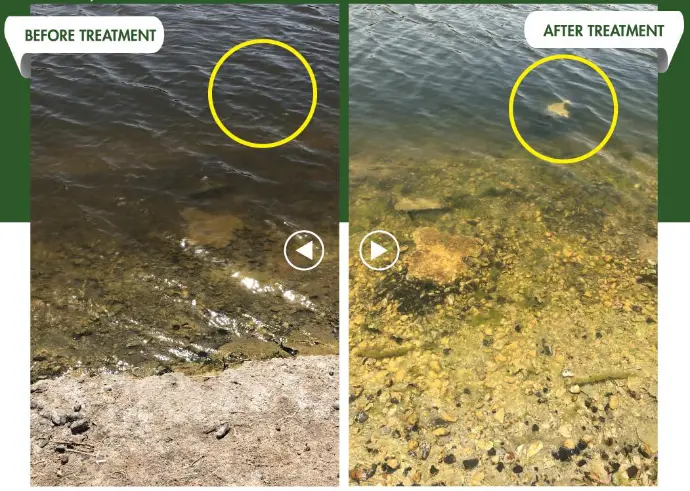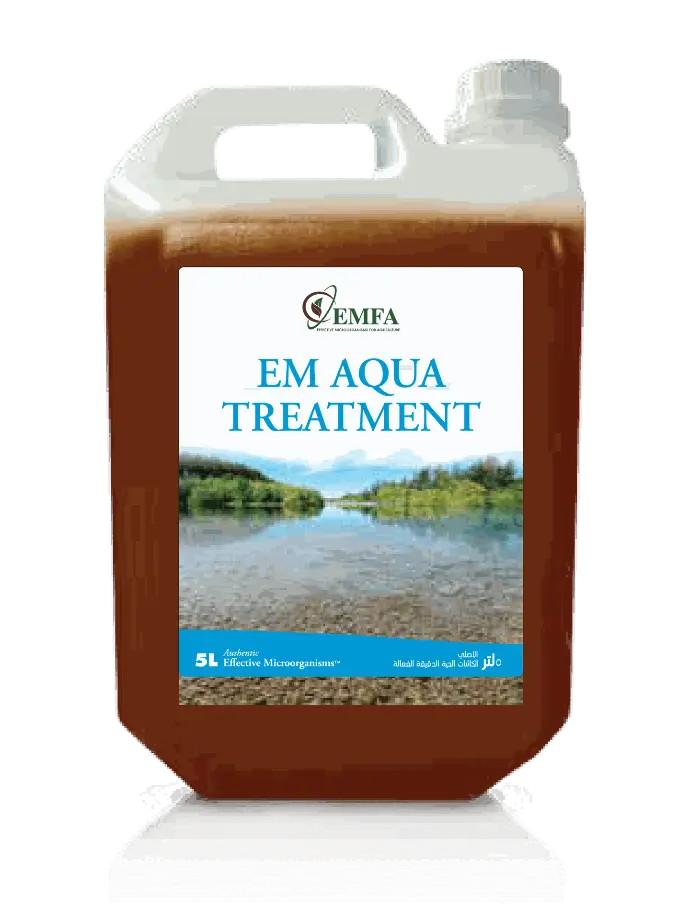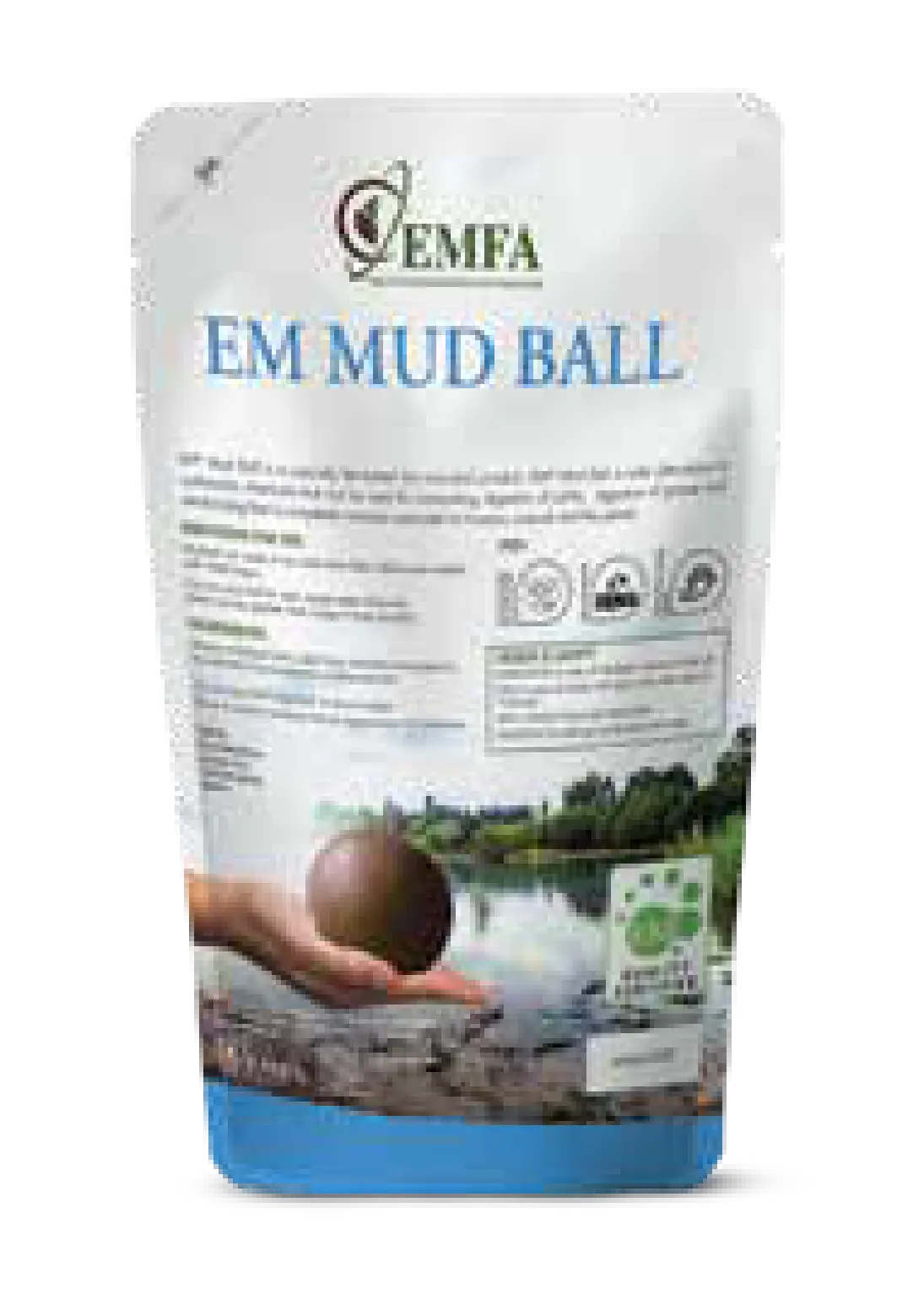Environment
Maintaining the health of lakes and ponds is crucial for preserving biodiversity, ensuring water quality, and enhancing the aesthetic and recreational value of aquatic environments. Over time, these water bodies can suffer from issues such as algal blooms, foul odors, and the decline of aquatic life due to pollution and ecological imbalances.
Lakes and ponds often face several environmental challenges:
- Algal Overgrowth: Excessive nutrients, particularly nitrogen and phosphorus, can lead to algal blooms that deplete oxygen levels and harm aquatic life.
- Foul Odors: Decomposing organic matter and stagnant water conditions can produce unpleasant smells.
- EM Research Organization
- Mosquito Breeding Grounds: Stagnant and polluted waters provide ideal conditions for mosquitoes and other pests to thrive.
- Reduced Water Clarity: Suspended particles and algal growth can decrease water transparency, affecting both aesthetics and aquatic life.
- Decline in Aquatic Fauna: Poor water quality can lead to a decrease in fish and other aquatic organisms.
Challenges in Lake and Pond Ecosystems
EM Technology: A Sustainable Solution
Effective Microorganisms (EM) technology offers a natural and eco-friendly approach to restoring and maintaining the health of aquatic ecosystems. EM consists of a consortium of beneficial microorganisms, including lactic acid bacteria, yeast, and phototrophic bacteria, that work synergistically to:
➲ Decompose Organic Matter: Breaking down sludge and organic pollutants, reducing nutrient loads.
➲ Suppress Harmful Microbes: Outcompeting pathogenic bacteria, leading to improved water quality.
➲ Enhance Water Clarity: Reducing turbidity and increasing transparency.
➲ Eliminate Odors: Mitigating foul smells associated with stagnant or polluted waters.
➲ Promote Aquatic Life: Creating a conducive environment for fish and other organisms to thrive.
Case Study: Revitalizing A Residential Lake In Dubai
In 2021, a significant EM application was undertaken in the Jumeirah Islands residential community in Dubai, United Arab Emirates. The artificial lakes in this community were experiencing issues such as algal overgrowth, unpleasant odors, and reduced water clarity.
Intervention Details:
- EM Application: Over a period from February 7th to June 15th, 2021, 120 tons of Activated EM・1 were introduced into the lake.
- EM Mudballs: To address sludge accumulation and enhance microbial activity at the lake's bottom, 20,000 EM Mudballs were deployed.
Outcomes:
- Algae Reduction: Significant decrease in algal layers, especially along the lake's borders.
- Odor Elimination: Foul smells, particularly near waterfalls, were eradicated.
- Pest Control: Notable reduction in mosquito and fly populations.
- Improved Clarity: Water transparency improved from 1 meter to 3 meters in certain areas.
- Return of Aquatic Life: Fish repopulated the lake, indicating a restored ecosystem.
- Water Quality Metrics:
- pH: Adjusted from 8.5 to 7.6.
- Total Coliform: Reduced from 34 CFU to less than 1.8 CFU.
- E. coli: Decreased from 11 CFU to less than 1.8 CFU.
- Turbidity: Lowered from 4.2 to 0, indicating clear water.


Products

EM Aqua Treatment
EM AQUA TREATMENT offers an eco-friendly approach that utilizes beneficial microorganisms to enhance water quality. By activating local microbes, it effectively reduces harmful bacteria and odors, ensuring safety for humans, animals, and the environment.

EM Mudball
EM mudballs are made by mixing ordinary clay, red earth or top soil with EMAS, thoroughly kneading them and forming into the size of tennis balls. Some mudballs have an additional mix of Bokashi, a fermented organic matter made using rice bran, oil cake, fish meal, sawdust.